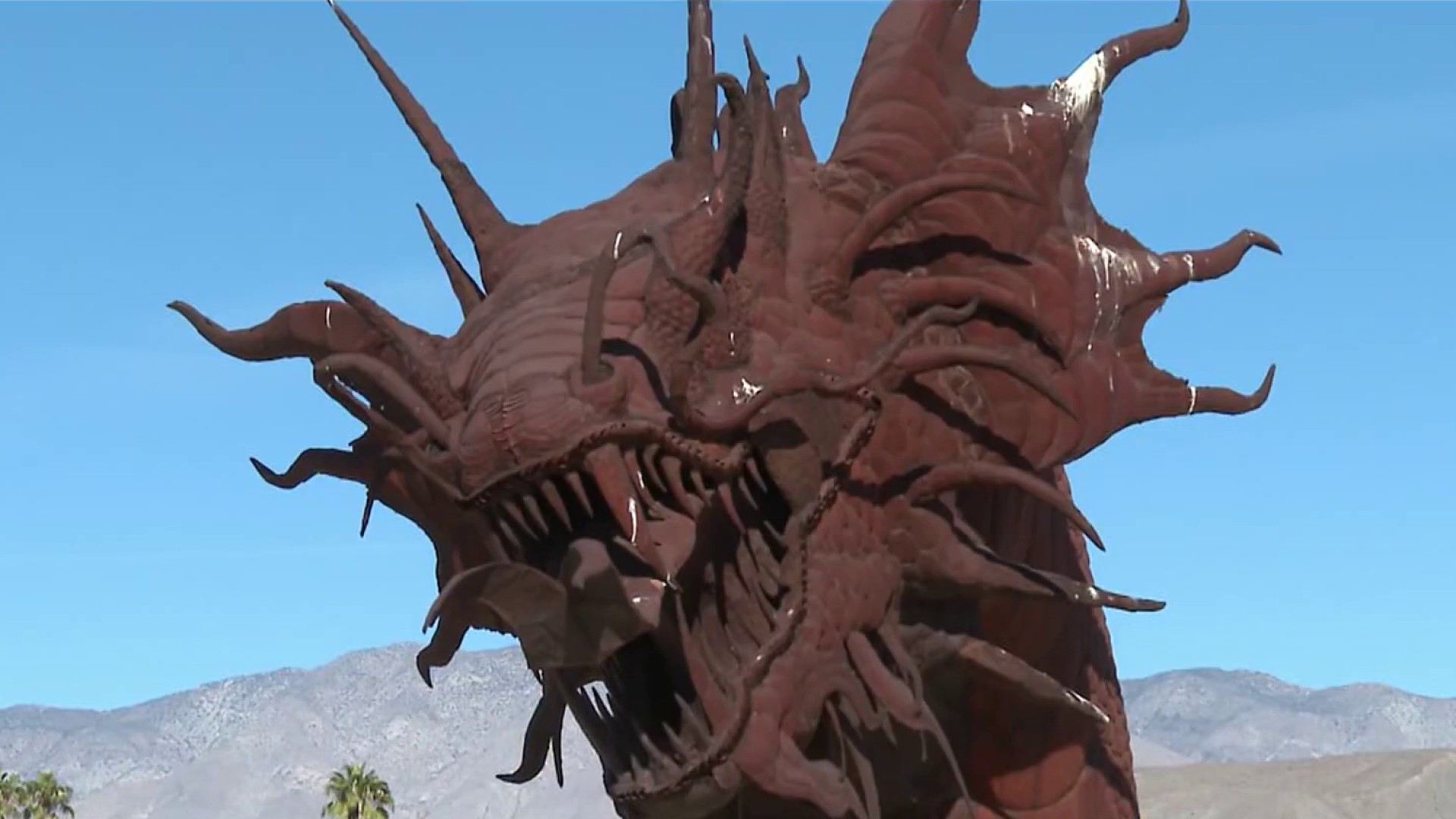About two dozen burrowing owls that hatched at the San Diego Zoo Safari Park have been given a chance to not only survive but thrive in the wild thanks to a program to reintroduce the locally threatened bird.
The 10-inch ground-dwelling raptor with a wingspan of about two-feet were released into the wild Wednesday in the Ramona grasslands. The nocturnal creatures survive mostly on small rodents and insects.
The owls native to Western North America are very rare in San Diego County due to increases in development, a lack of their native grassland habitat and disruption to the ecosystem that helps them burrow.
"Here in San Diego County, before we started doing our translocation work, there was only one remaining breeding population and they're in an area that's undergoing a lot of development so they're probably not very secure in the long term," said Colleen Wisinski, Conservation Program Specialist at the San Diego Zoo.
Get top local stories in San Diego delivered to you every morning. Sign up for NBC San Diego's News Headlines newsletter.
On Wednesday, Conservation experts with the San Diego Zoo Wildlife Alliance took a major step in their reintroduction efforts when they took down 10 aviaries that housed the 24 owls and allowed them to roam free. The aviaries were used temporarily to get the owls acclimated to their new environment.
Burrowing owls rely on other species, like ground squirrels, prairie dogs and badgers, to dig the holes where they lay eggs and take shelter. Because there are less burrowing species in San Diego County, burrowing owls have had difficulty reproducing.
Local
But conservationists were hopeful. On Monday, they found four eggs in one of the burrows -- a good sign the species could thrive on its own in the wild.
"It's really exciting to see eggs. Whenever we open the chamber [leading to the nests], no matter where we are, it's always really exciting to see eggs," Wisinski said. "But this is -- as far as we know -- the first time we've had breeding burrowing owls in Ramona for probably 30 years. So it's really special to see them laying eggs here."
Conservationists have tested strategies to establish a preserved environment that is as close to their native habitat as possible, consisting of open grasslands, the burrows needed to survive and plenty of prey.
Just because the owls are back in the wild, it doesn't mean the team's work is done. They will continue to monitor the owls through GPS tracking and provide food and support when needed.
"I am certain that these adorable owls will become celebrities and a beacon of hope in this region," Wisinski said. "Being watched over by the community and everyone who loves birds.”
There is no guarantee the owls will stay in Ramona. But the San Diego Zoo Wildlife Alliance has had success with another population of burrowing owls, that were reintroduced to habitat at the Rancho Jamul Ecological Reserve, managed by the California Department of Fish and Wildlife.



